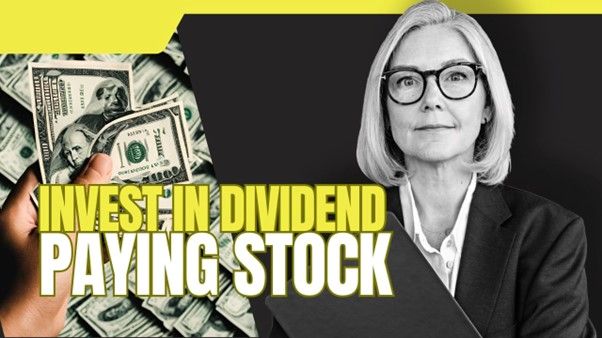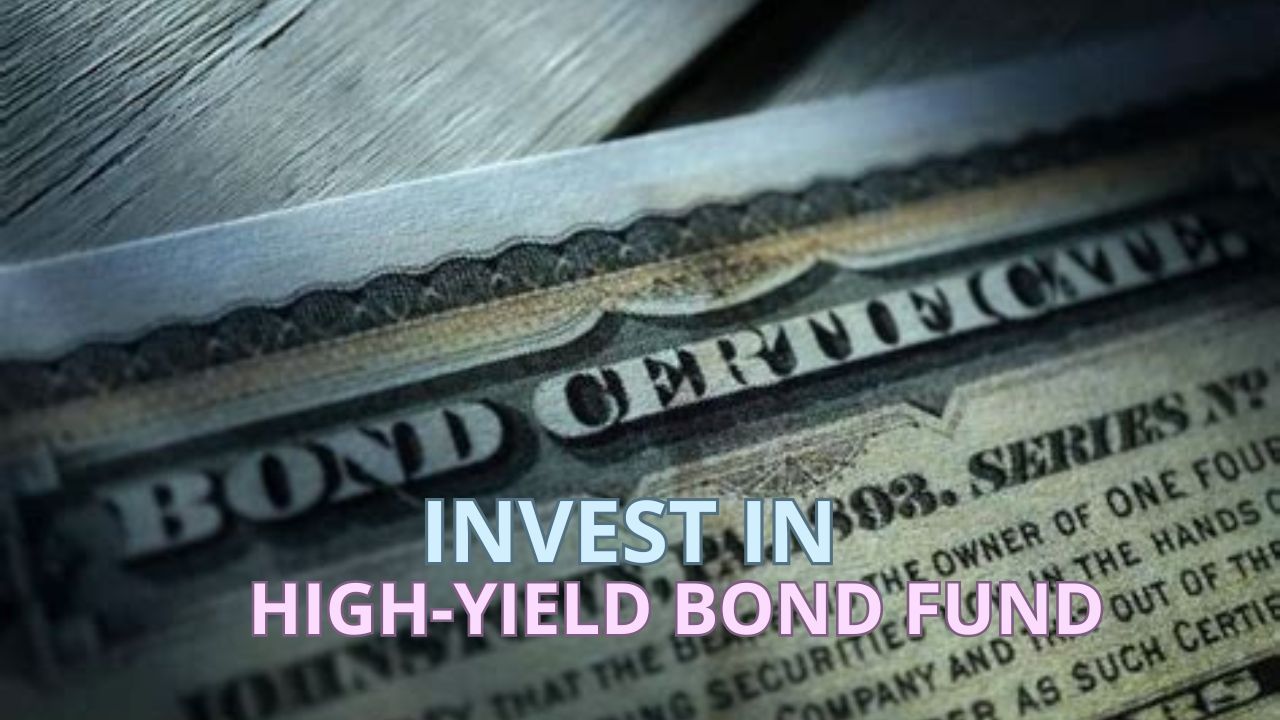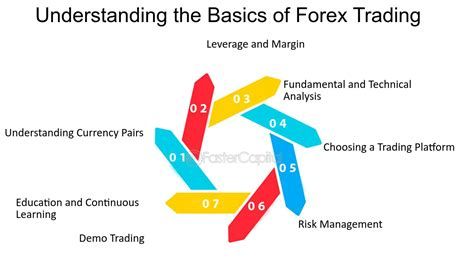Why You Should Invest In Dividend-Paying Stocks

Futureincomes.site Assalamualaikum In This Time let's explore more deeply about Investment, Stock. Interesting Content About Investment, Stock Why You Should Invest In DividendPaying Stocks Let's explore the information until the closing part of the word.
Advantages of dividend- paying stocks for investors
Stocks that pay dividends have specific merits for the investors. One such merit is the possibility of consistent earnings. Whenever a company distributes its dividends, the shareholders obtain some benefits from the company’s earnings. This could be very tempting for those who wish to get a steady return.
Moreover, dividend paying stocks have been able to give better returns than non dividend paying stocks. This is because generally these are the mature companies with stable cash flows. In times of market mayhem, dividends may also be seen as a benign shield, providing a certain security to investors.
In Addition, even dividend paying stocks can be attractive for long term market investors that seek to grow their wealth with time. Dividends can be reinvested in the stocks and allow investors to benefit from compounding which, in turn, can enhance the return on their overall investments. To sum up, dividend paying stocks encompass income along with stability and future growth.
How do Dividends Work?
“Paying out to the shareholders” – this is the meaning of dividends that every investor should be striving for. Any suitable development, whether it’s a mega-corporation or businesses operating on a smaller scale, will see its earnings increase, and the surplus will be distributed amongst shareholders. Investors consider large corporations to be a good investment due to the steady and regular payments made in the form of dividends.
If we take dividend investing into consideration, there’s no other type of investment that provides as predictable and converting returns as them. They do experience risk returns that all forms of investment have but these returns are low as companies distributing dividends are well established and grown. The major drawback of dividend investments is that they do not appreciate in value as much compared to stock investments, but dividends do have a history of being reliable over the years.
Understanding Dividend Yield
While developing an investment strategy, there is a very fundamental aspect which consolidating the facts concerning dividends. This aspect is the company’s financial independence that any organization should possess before opting to make dividend payments.
Understanding dividend yield allows investors to assess the relative attractiveness of various investment options, taking into account their required rate of return as well as their risk appetite. Also, dividend yield is useful for evaluating stocks in terms of income since it provides information about the capacity of a stock to generate income as well, which is useful for investors who are catered towards generating income.
In a way, through the calculation and analysis of dividend yield, investors come to understand better the income generation potential of their investment portfolio.
Factors To Consider When Investing In Dividend Stocks
There are several factors you must take into account when choosing which dividend stocks to choose. One, investigate the company’s operations and performance by checking the trends of its sales, the trend patterns of its earnings and the trends of its borrowings. Two, determine the dividend yield which is the ratio of the annual dividends to the market value of the share.
Third, evaluate and justify the present and the past stability as well as the growth of the dividend. Fourth, there is a need to relate the earnings that are distributed as dividends by the company through the payout ratio which should ideally be sustainable. Lastly, review the prospects of the company in relation to the future trends that would be pertinent to its ability to consistently pay dividends.
These factors can be deemed to be critical in assisting investors in the selection of dividend paying stocks in the stock markets in Nigeria. It is noteworthy that dividend payments have also been subject to in the selection of stocks to invest.
Benefits of Consistent Payment of Dividends.
Investors are able to benefit from the active and passive forms of investments regularly in the process of receiving dividends. To begin with, a dividend would ensure a regular and easily predictable return which would be paramount for those who are retired or need to be dependable earning without financial worries. Further, dividend payments would depict the health of a company and its respect to shareholders and this may also increase the value of its shares.
Amidst the advantages of DRIPs, the most compelling must surely be having the ability to reinvest accrued dividends to achieve compound growth. Moreover, in times of economic downfall, earning dividends could minimize losses through a steady stream of income. Generally, dividends are able to widen the scope of investments by earning the investor a steady stream of passive income.
Dividend Stocks vs Growth Stocks
There are two equity instruments, namely dividend stocks and growth stocks frequently recommended for investment, both of which however have to be understood with their pros and cons. Dividend stocks are stocks that represent a company that shares a portion of its earnings with its shareholders as regular dividends. Since they turn out cash consistently, such stocks are considered stable and fit for the income-seeking investors.
In contrast, growth stocks are shares of companies that are expected to grow substantially in the future. Such stocks tend to spend all their profits on the business to help it grow further and enhance innovation. They are devoid of current income but growth in stocks offer the opportunity of appreciating capital value.
Cost is therefore a relative consideration for all cost sensitive investors when deciding between dividend stocks and growth stocks. Risk and returns however are often favoured by having a balanced portfolio, a scenario that expands the scope of investment.
Three Ways in Which Dividend Stocks Can Add Value to Your Investment Portfolio
Including dividend stocks in your investment portfolio can be quite useful. These stocks pay dividends to shareholders who are earning a passive income every single month. If such dividends are reinvested, then in due course of time, you will reap benefits through compound returns. Furthermore, paying dividends helps mitigate risks because some income will be generated during declining stock prices.
Investing in dividend stocks is beneficial for people who rely on these stocks for passive incomes like retirees. Cumulatively, such stocks emerge from large, well-established firms with consistent revenue, cash, and cash equivalents. Additionally, because of the dividends they pay out, investors have good reason to believe that the firm is sound and that management is optimistic about the company's future.
Nonetheless, it is crucial to understand that not all dividend stocks are of similar nature and degree. Quite a few metrics such as the yield, payout ratio, and historical rate of growth of dividends need to be considered. Risks can also be mitigated by investing in various sectors and across geographic boundaries.
To summarize, adding dividend stocks in your investments will generate cash flow for you and increase your returns in the future as well. Research and professional help are important so that the best investment decisions can be taken. However, with the right dividend stocks, one should look to bolster their portfolio in a bid to meet their financial targets.
The Contribution of Dividends to Wealth-Accumulation
Long-term members of the investing community ought to know what dividends are. When embarking in stock investment, you garner partial ownership of the issuing entity. In other words, being a stockholder gives you the right to share in the profits generated by the business in form of dividends. These cash distributions, in turn, should give an investor the ability to have passive income as well as appreciate his wealth with time.
Also, it should already be obvious why, in the long term, dividends along with compound interest can be powerful tools in wealth creation. Compounding simply means that money, when utilized, can cultivate and produce even more earnings. You are not only earning a return on your original investment in a business in form of distributions but also on other share purchases emanating from the distribution.
This can be a game-changer in your overall return in the medium to long term. Therefore, while devising your investment approach, the impact of dividends on long-term wealth creation should always be considered.
Dividend Aristocrats: All Companies That Pay Out Dividends Consistinely
There exist companies that literally fit the term “shareholders are our kings”, since they have a legacy of consistently returning a large percentage of their profits back to their shareholders in the form of dividends. These companies have earned and proven such profitability over numerous years. Since they typically return dividends to their shareholders, they attract people always looking for returns.
The basic rule of thumb to be termed a Dividend Aristocrat is at least a30-year track record of paying dividends and perhaps increasing them each year. These are companies that most likely fall within the industries that can be classified as low risk such as consumer type goods, health care, or possibly utility. For investors who are looking for a reliable source of income, an investment in dividend aristocrats can be a very appropriate investment strategy.
With dividend recaps, now investors stand to gain income and a capital gains simultaneously. In fact, the next time you think about investing, do not forget about the dividend aristocrats, which have been true leaders in terms of returning capital to their shareholders.
Dividend Reinvestment Plans (DRIPs): This is a Scheme for Increased Profits.
In investing, a dividend reinvestment plan (DRIP) helps an investor to reinvest the dividends paid out on the stock by automatically buying shares instead of getting the funds in the shape of cash. Over time, repeated accumulation leads to increased returns since the value of shares increases due to dividends reinvested in purchasing stock. They can automatically reinvest dividends to benefit dollar-cost averaging, so they may end up with a lower average cost per share.
Investors can employ DRIP to enhance reinvestment discipline over an extended timeframe. Companies will get increased profits and enhance this psychologically- they will allow discounts and fees to be waivered on stocks obtained from the DRIP. All in all, utilizing the DRIP investment strategy may help an investor attain the many benefits associated with the power of compounding, the overall investment profit is also likely to be optimized.
Dividend Stocks in Retirement: Active Income Generator.
Retirement income is best supplemented with dividend stocks, a strategy that many retirees can implement. Through dividends, a retired person does not need to sell his/her shares since companies are regularly paying them on a consistent basis. Doing so can be useful when paying most living costs during retirement, and it can provide an additional layer of security for other assets valued or invested in retirement accounts.
Moreover, companies which distribute dividends usually have good balance sheets and stable earnings and, are therefore, viewed as potential growth stocks. Besides, the dividends paid by such companies may serve as a hedge against inflation since dividends are expected to increase regularly paying elderly people with sustained purchasing power.
But, in the case of retirees, it is suggested to spread their investments widely and search thoroughly for the dividend stocks with special care to ensure an even and sustainable pay-out during retirement.
The Effect of Interest Rates on Dividend-Paying Stocks Theories
There is a relationship between interest rates and dividend-paying stocks whereby high interest rates, for instance, cause negative effects on dividend-paying stocks. There is such a trend and investors may sell their dividend stocks and invest in such low paying safer bonds instead. This can cause a shift in demand for shares paying dividends and as a consequence, the share prices may reduce.
Moreover, as companies issuing dividends may also have to borrow and may end up paying high interest on their loans; so there would always be lesser margins available for dividend payments. But on the other side, mature and stable dividend shares may still remain favorable for such incomes even when there is an increase in the interest rates.
Hence, investors should take into account the relationship between interest rates and dividend stocks while formulating their investment plans.
Evaluating the Dividend Payout Ratios: Do they Indicate That a Firm Is Capable of Paying Its Dividend?
A dividend payout ratio is yet another tool that investors can utilize to explain the sustainability of the dividend payments, at least for the period which the company intends to make such payments. This ratio estimates the percentage of the company’s earnings to be paid out as dividends to shareholders. This ratio is of importance to investors as it provides them with a picture of a firm’s performance and its capacity to make regular dividend distributions.
High dividend payout ratio indicates that a corporation is returning a substantial portion of its earnings to shareholders. This may look good to investors requiring returns while it can as well raise red flags. Companies with high payout ratios may indeed find themselves with smaller amounts left for reinvesting in new opportunities or even more worrying for dealing with sudden cash flow shocks.
Ibrahim (2019) argues that such companies pay so much in dividends that their cash flows can hardly make room for further investement which will result in growth. Low payout ratios mean larger earnings are paid, however it can either be fully or partially reinvested within the firm, to foster growth or bolster itself. Therefore, other variables should be used in the analysis of the sustainability of dividend payment together with the dividend payout ratio.
The firm’s profitability, debt, cash generation and the industry context are examples of these variables. Such firms have a long term probability of paying out their dividends to shareholders. Some firms coincidentally in stable industries pay consistent and growing dividends. It is worth mentioning that dividend payout ratios differ from each industry.
As an illustration, firms that are matured and less volatile engage in a higher payout ratio as it is a mature industry with a consistent cash flow generation and lower growth prospects. Alternatively, the emerging fast growth companies in younger industries will likely have a low payout ration as those firms will be more focused on growth through earning reinvestment.
Thus it can be argued that as dividend comotion level tools, the indicators of dividend payout ratios are quite efficient. Nonetheless, it’s also important to keep in mind other performance metrics and vertical trends to build a holistic outlook on a firm’s payout sustainability. Such a holistic testing of LP and their ratio can help investors formulate effective strategies for placing capital and manage their assets, which in this case are LP ratios, in a manner that is beneficial in the long run.
That is the summary of why you should invest in dividendpaying stocks that I have explained in investment, stock Don't hesitate to find out more from various sources develop positive networks and prioritize community health. Don't hesitate to share it with others. See you in the next article. Thank you for your support.










